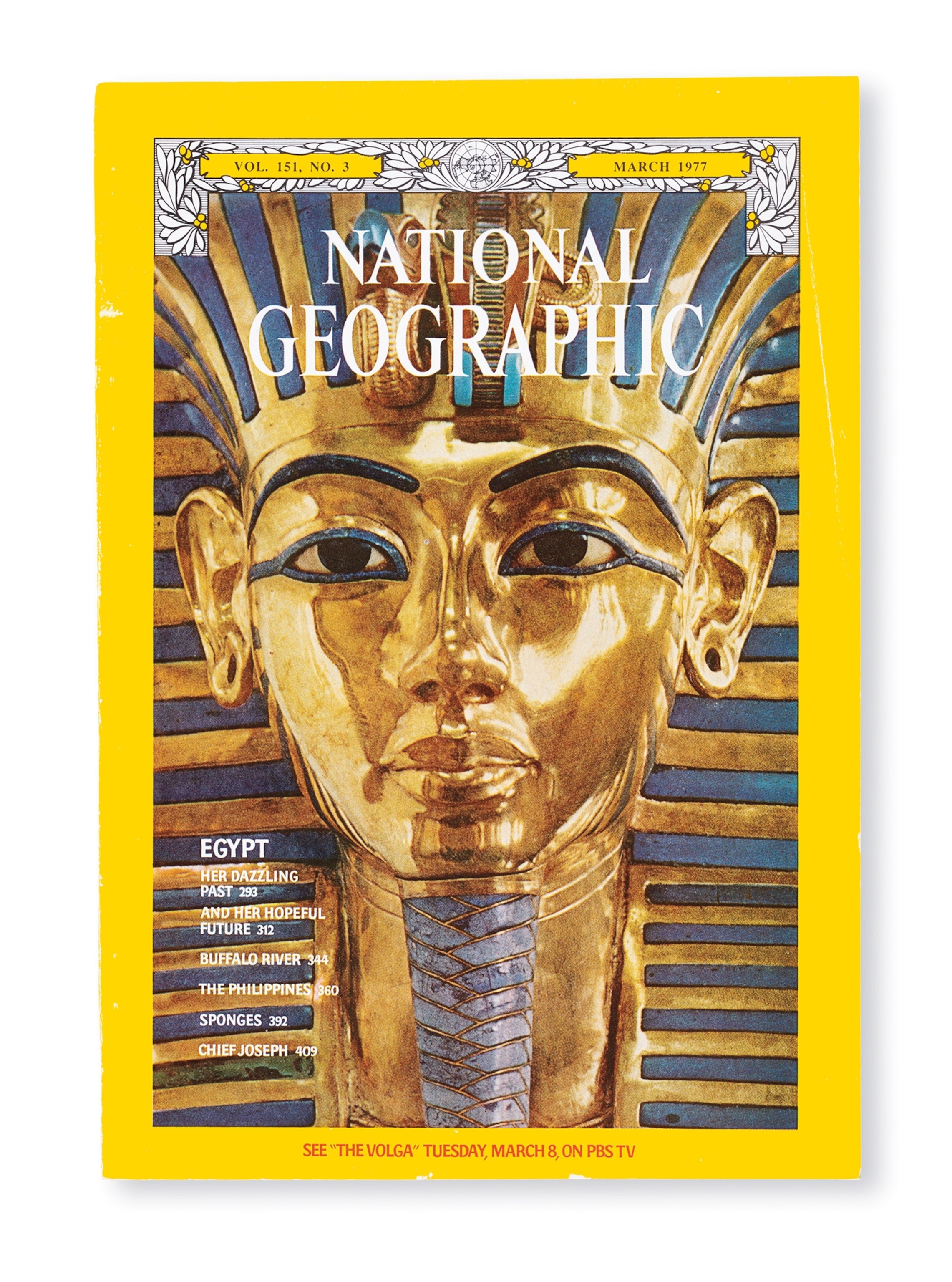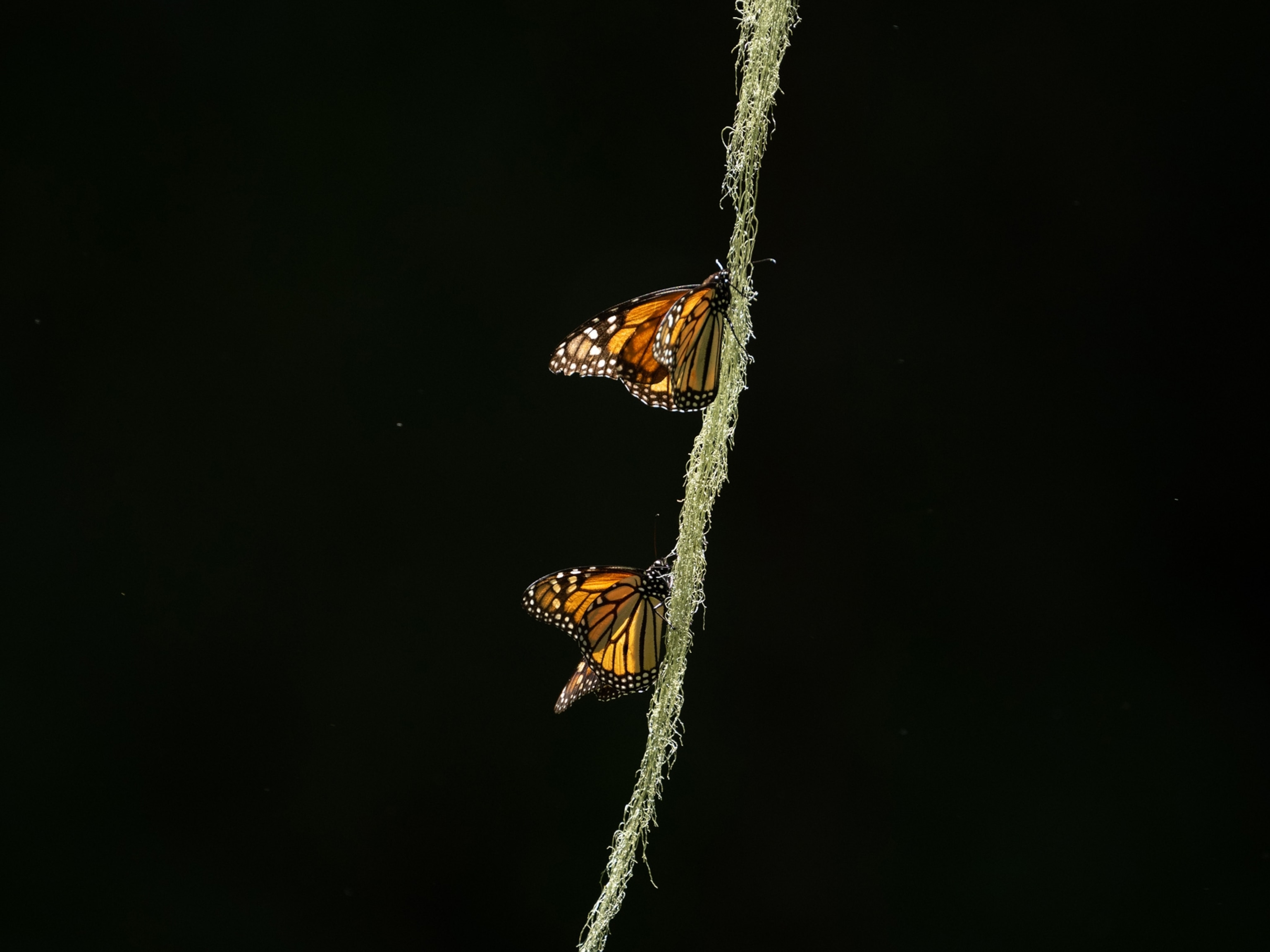
‘Dedicated to our mission of changing the world for the better’
After her first year leading the National Geographic Society, the CEO reflects on its storytelling, its photography, and its Explorers.
The photography of National Geographic is extraordinarily multifaceted, and therein lies its magic. A single image can spark our curiosity or influence our collective consciousness. I’ve known this since I was a little girl in Iowa, leafing through the pages of National Geographic magazine in my elementary school’s library. To this day, I vividly remember the impact of the iconic image of King Tutankhamun’s funerary mask on this March 1977 cover. It was a passport to an ancient dynasty, a visual journey of archaeological discovery that ignited my imagination.
Photography was published in National Geographic for the first time in 1889, the year after the National Geographic Society and the magazine were created. It’s been a tremendous honor to build on this legacy during my first year leading the Society—a year in which enormous global challenges defined a before and an after. Throughout, we’ve supported National Geographic Explorers and other journalists around the world whose photographs documented it all—creating an archive of history and human experiences as life fundamentally changed.
Today the Society is one of the largest funders of individual storytellers in the world. This “Year in Pictures” special issue celebrates honest, evocative images that transcend borders, stir our emotions, and galvanize change. Among them: Stephen Wilkes’s field of flags, depicting the devastating toll of COVID-19; Bethany Mollenkof’s portraits of remembrance ceremonies, capturing the haunting legacy of racial violence in America; and Thomas Peschak’s scenes of Antarctic sea life, spotlighting what’s at stake for our planet.
At the Society, we’re guided by our mission: to illuminate and protect the wonder of our world. We do that by investing in and supporting talented scientists, storytellers, and educators from more than 140 nations. They’re advancing knowledge and protecting wildlife and wild places. They’re documenting urgent threats to our planet and empowering the next generation to help solve problems.
We have a clear vision to drive significant impact—and Explorers are the key. The Society’s new strategic plan, NG Next, doubles down on our commitment to Explorers and Explorer-led programs focused on five areas: land, ocean, wildlife, human history and cultures, and human ingenuity. The plan strengthens our investments in tools of exploration, such as photography, and guides us in bringing together Explorers, partners, donors, and others dedicated to our mission of changing the world for the better.
A single image—whether it’s the likeness of an ancient pharaoh or a gentoo penguin in a melting Antarctica—can make a lasting impression. It can spur change and even shape history. National Geographic stands ready to record Earth’s inspiring scenes for another one and a third centuries—and beyond.
The National Geographic Society is committed to illuminating and protecting the wonder of our world. Learn more about the Society’s support of its Explorers.
This story appears in the January 2022 issue of National Geographic magazine.





